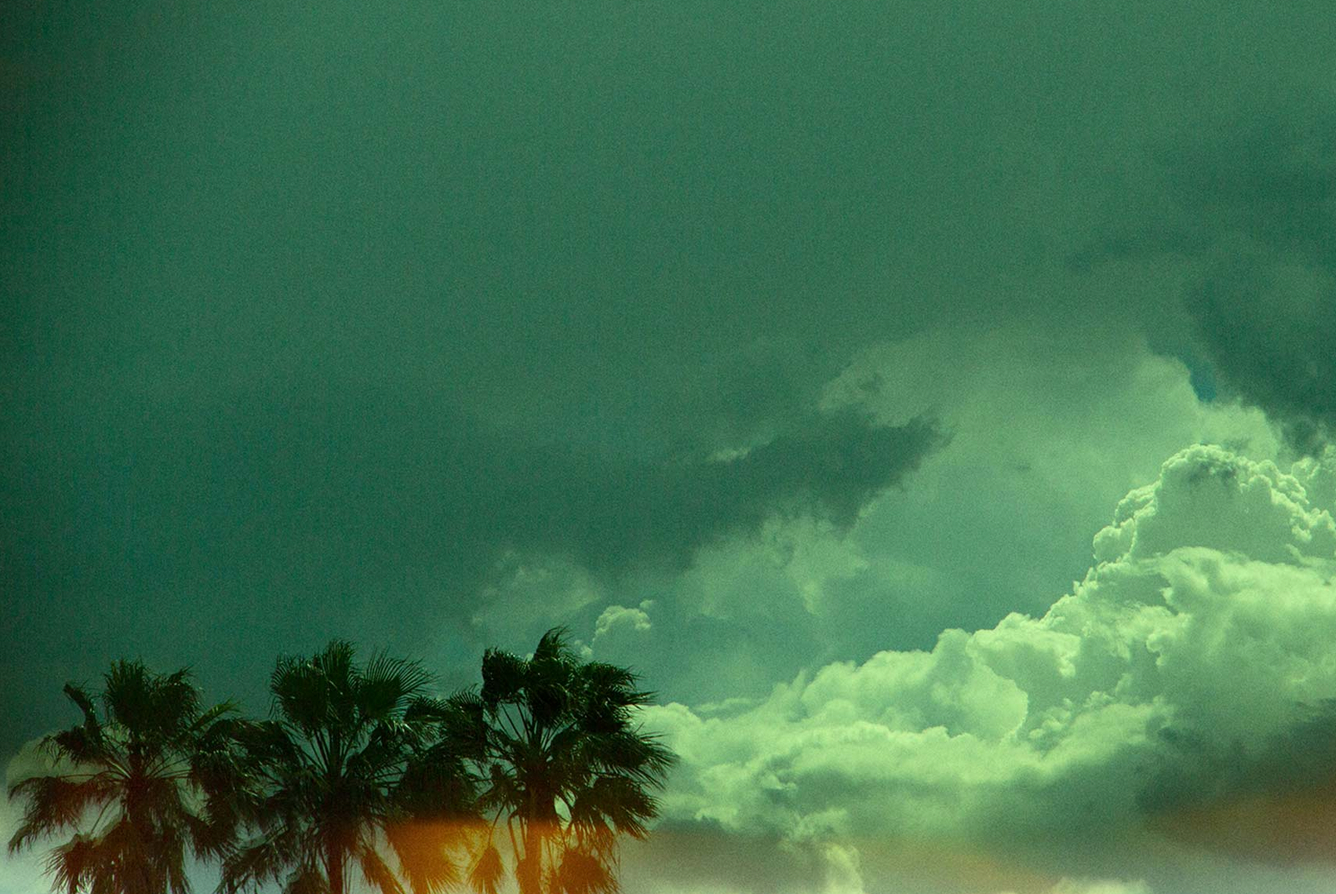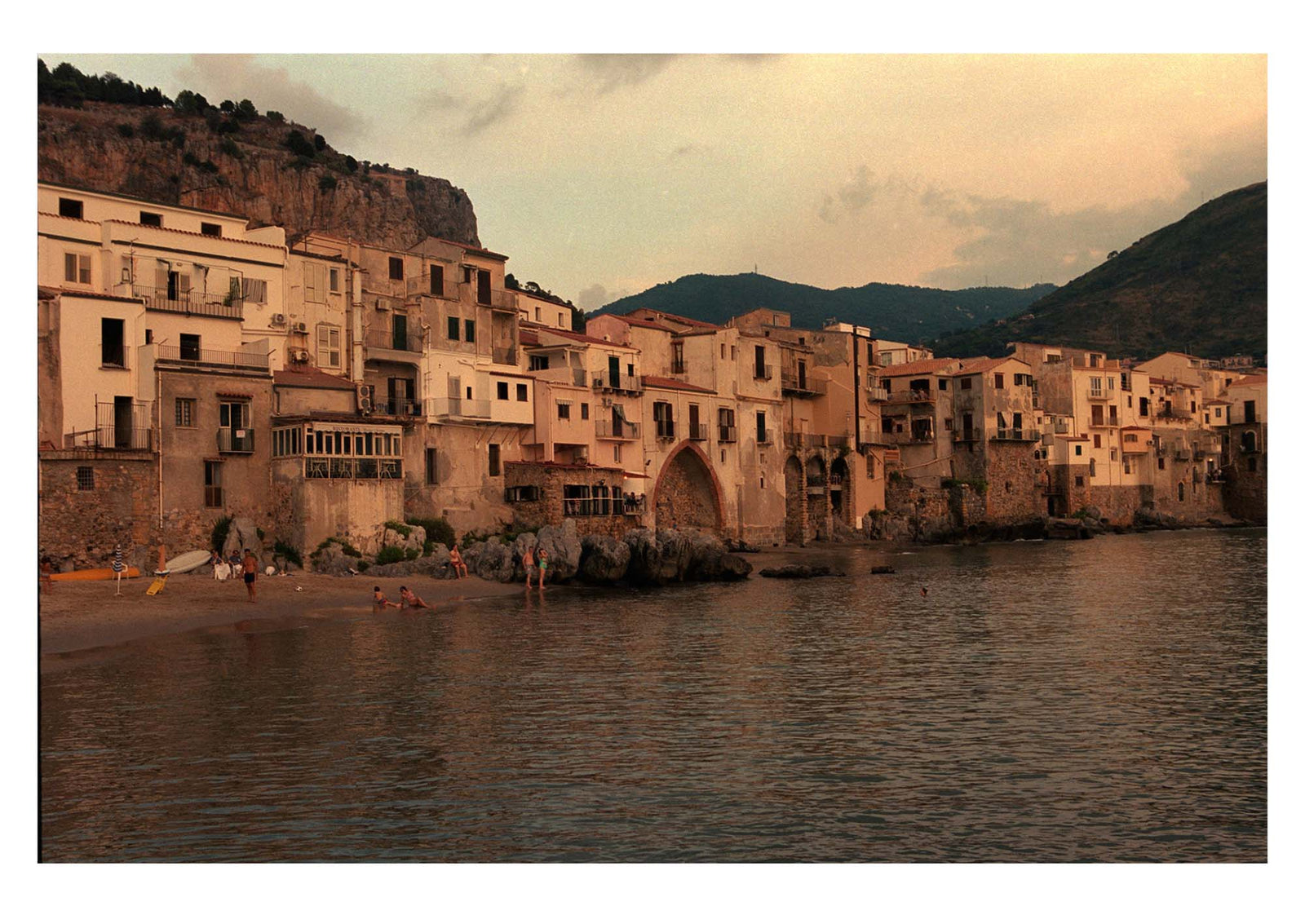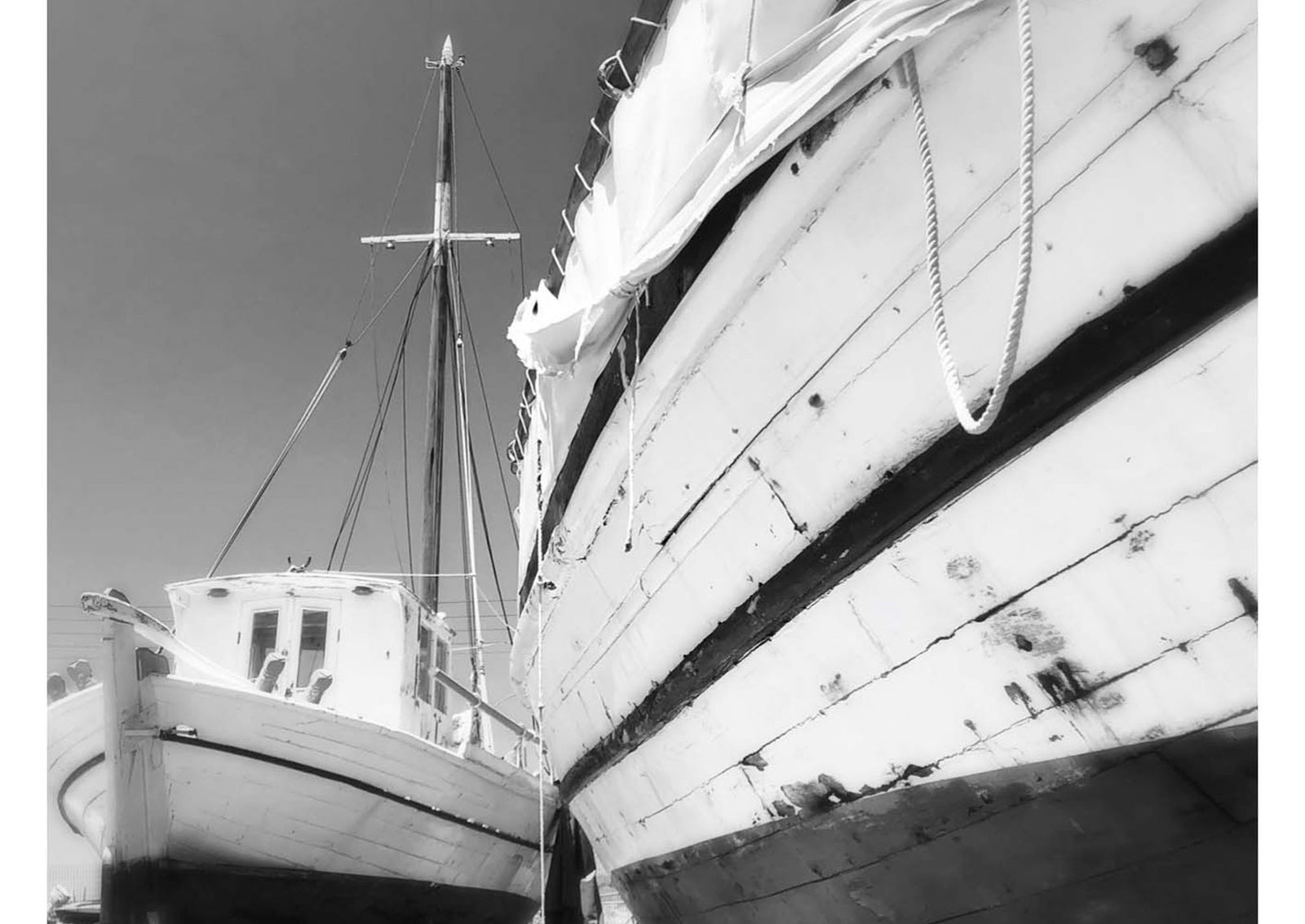The millions of acres of verdant Amazon rainforest which stretch across Brazil’s northernmost reaches might be the country’s most well-known natural attraction, but in the coastal state of Maranhão you will find terrain of an altogether more otherworldly kind: 300 square-kilometres of undulating sand dunes, where from May to September – enough to inspire awe in even the most jaded of world travellers.




















